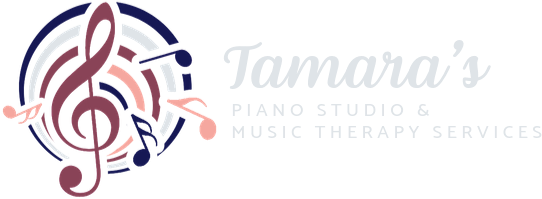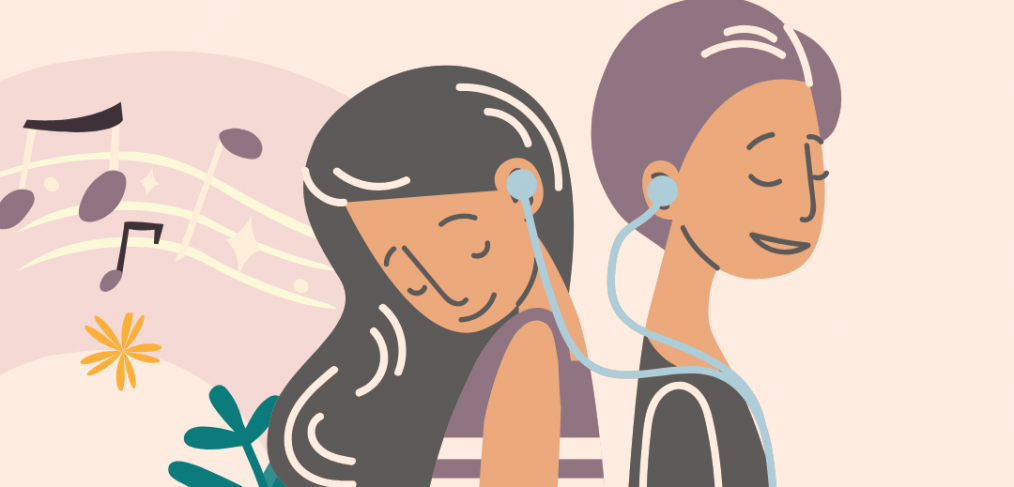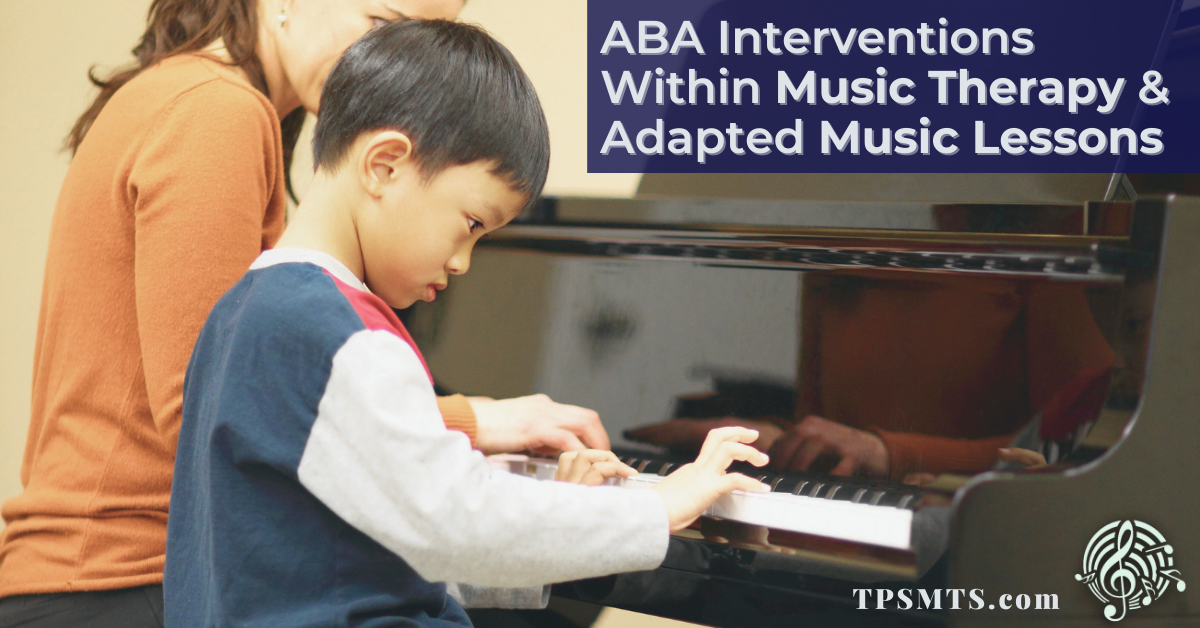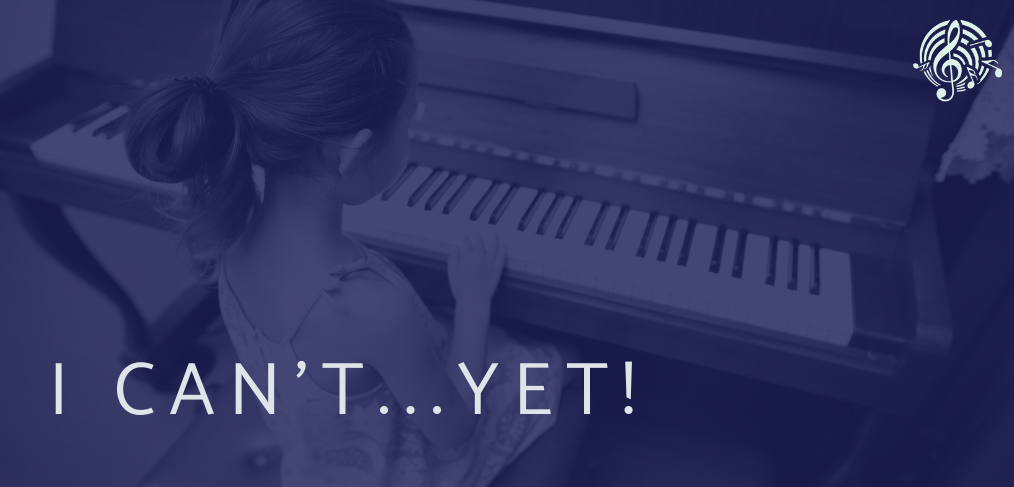Music has an incredible ability to stir emotions in ways that words alone often cannot. Whether it’s a song that brings tears to your eyes, an upbeat song that makes you want to dance, or a calming melody that soothes your soul, music possesses a unique power to affect us deeply on an emotional level. Its influence transcends cultures and languages.
When we listen to music, our brains process various aspects of sound, including pitch, rhythm, and melody. The auditory cortex, which is responsible for interpreting sound, sends signals to other regions of the brain—many of which are directly linked to our emotional responses. As a result, music can elicit strong emotional reactions, such as joy, sadness, nostalgia, or even excitement. It’s not just about what we hear, but also how our brains react to it.
One of the most fascinating things about music is its ability to trigger physical responses.
Have you ever noticed how your heart rate increases when listening to an upbeat song, how you might run faster or feel stronger in a workout or how you might get goosebumps during a particularly moving piece of music? These physiological changes are evidence of music’s profound emotional impact. Music has the ability to make us feel things on a physical level, creating an almost visceral connection to the sounds we hear.
One of the most powerful ways music evokes emotion is through memory and association.
A familiar song can instantly transport us back to a specific moment in time, bringing with it a flood of emotions we experienced during that period. For instance, a childhood lullaby could bring back feelings of comfort and security. This connection between music and memory can be seen in music therapy with seniors, helping individuals recall important memories and reconnect with their emotions through songs they associate with different times in their lives.
In addition to memory, the structure of music—such as rhythm, harmony, and dissonance—also plays a significant role in how it influences our emotions.
The tempo, or speed, of a song can affect our energy levels. A fast-paced, upbeat rhythm often makes us feel energized, happy, and ready to move. On the other hand, dissonance—which refers to clashing of notes—can create a sense of tension, unease, or even discomfort. These musical shifts mimic emotional experiences, like the tension before a resolution, mirroring the complex feelings we experience in real life.
Ultimately, music engages both our brain and body on multiple levels. Whether through melody, rhythm, harmony, lyrics, or memory, music creates a deep connection between our emotions and the world around us. It speaks a universal language that transcends words, allowing us to feel understood and connected in ways we cannot always express with language alone.
In addition to its personal impact, music also serves as a powerful tool for non-verbal communication. It enables us to express emotions, share stories, and understand each other beyond the boundaries of spoken language. Whether in a concert hall, a shared playlist, a music lesson, or a music therapy session, music offers a space for connection, healing, and expression that words often cannot. It allows us to communicate in ways that resonate on a deeper, more emotional level, uniting people across cultures and experiences.
Works Cited
Fink, J. (2020). Why – and how – music moves us. Pfizer.
https://www.pfizer.com/news/articles/why_and_how_music_moves_us#:~:text=Music%20and%20Mood,6
McCollum, S. (2019). Your brain on music: The sound system between your ears. The
Kennedy Center. https://www.kennedy-center.org/education/resources-for-educators/classroom-resources/media-and-interactives/media/music/your-brain-on-music/your-brain-on-music/your-brain-on-music-the-sound-system-between-your-ears/
Melody and harmony: How they interact to create emotional music. The Music Studio.
(2023, June 13). https://www.themusicstudio.ca/melody-and-harmony/











